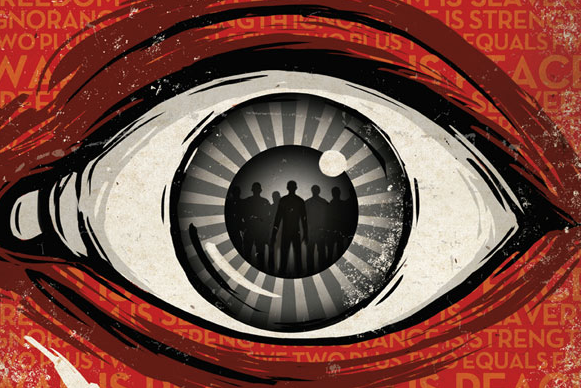How Governments Worldwide Monitored Citizens During the Pandemic
In the spring of 2020, RosKomSvoboda, together with the Belarusian human rights organization Human Constanta, launched the interactive Pandemic Big Brother map. This map highlights cases and potential risks of civil rights violations involving digital technologies during the COVID-19 pandemic.
In total, 135 special contact-tracing apps were identified in 116 countries. Depending on their purpose, these apps were used to provide official information about infection rates, for self-diagnosis, or to track contacts with infected individuals using Bluetooth or GPS technology. Other uses included monitoring compliance with mandatory quarantine, issuing digital passes and QR codes for movement, and enabling law enforcement to verify the presence of digital permits during lockdowns.
Surveillance Technologies and Facial Recognition
Video surveillance technologies, including facial recognition, were used by governments in various countries to monitor compliance with self-isolation and to catch quarantine violators. To date, only Belgium has legally banned the use of facial recognition technologies. Facial recognition systems were tested in the United Arab Emirates, the United Kingdom, and France. In China, facial recognition algorithms can identify people even when they are wearing masks and can detect elevated body temperatures. Additionally, Chinese law enforcement officers received “smart helmets” to automatically measure people’s body temperatures and scan QR codes.
Drones and Movement Restrictions
To monitor compliance with movement restrictions, several countries deployed drones to patrol streets and ensure people were not gathering in large groups. Such technologies were observed in Australia, Belgium, Germany, Greece, Italy, Spain, China, Kazakhstan, the UAE, and the United States.
In Moscow, authorities actively implemented facial recognition technologies in the city’s video surveillance system during the pandemic. Nearly 1.5 billion rubles were spent equipping public transportation with cameras capable of facial recognition.
Tracking via Mobile Data
To track the spread of the coronavirus and monitor quarantine compliance, governments used geolocation data from internet users and mobile subscribers, provided by telecom operators. In Europe, at least eight mobile operators agreed to share citizens’ movement data with the European Commission to help forecast the spread of COVID-19.
For example, Kazakhstan launched large-scale surveillance using data from mobile operators, initiated by the country’s largest telecom company. The Digitalization Department of Almaty signed a cooperation agreement with local mobile operators to conduct geolocation analysis, displaying subscriber activity and identifying gathering spots on an hourly basis. Operators also provided authorities with data on each subscriber’s calls.
Location data collection was also reported in Australia, Spain, the Czech Republic, the UK, Brazil, Ecuador, Slovakia, Switzerland, China, and Iran, where governments justified these measures as necessary to protect the population and prevent the spread of COVID-19.
In Russia, the Ministry of Digital Development demanded that regional authorities provide anonymized lists of mobile phone numbers of people infected with coronavirus, as well as those under mandatory quarantine after returning from abroad, as early as March 2020.
Experts’ Outlook
Experts believe that the number of surveillance tools will only increase in 2021, and it is unlikely that restrictions on civil rights and freedoms through digital technologies and telecom operators will be lifted anytime soon.



